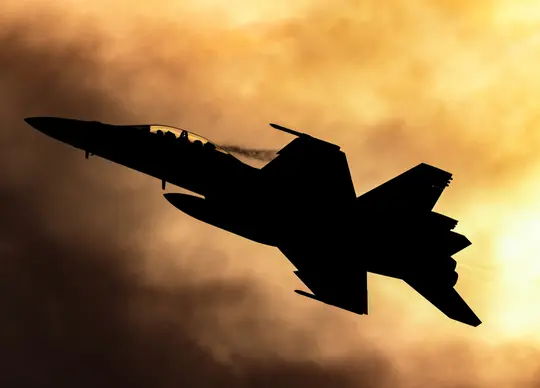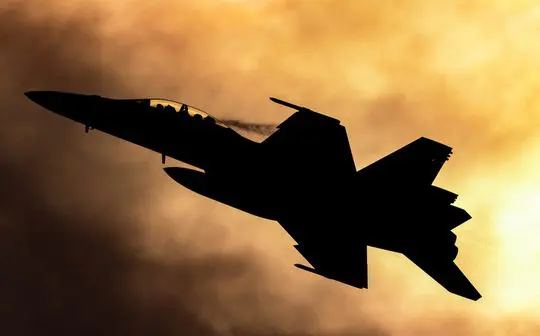
Australia’s defence forces are in line to receive $270 billion in funding this decade to cover an ambitious program of capability increases. The call for capability increases has become more urgent as the security situation around the Indo-Pacific continues to deteriorate.
In response, the Australian Government has gradually increased defence spending as a proportion of GDP from 1.56 percent when it first came to power to 1.98 percent this financial year to 2.11 percent across the next financial year.
This week, Treasurer Josh Frydenberg said Australia must invest more in its military, saying weakness invites aggression and leaves countries vulnerable to coercion.
“This is the reality we must confront – the world is less stable,” he said. But top defence officials say it is not simply a matter of throwing more money at defence and buying more gear. Defence and its allied industries need to build the capacity to process the additional funding and deliver outcomes in a timely way.
“From an industry perspective, with increased defence spending, obviously you can acquire more platforms but the defence industry has a fixed capacity to be able to spend that, and so the more lead in time given in terms of roadmaps and visions, whatever you want to call them, they give us the time to get prepared,” said Hugh Webster, Chief Technology Officer at Boeing Defence Australia said at the Air and Space Conference in Canberra recently.
Australia’s defence bosses acknowledge any extra funding is good, but warn some changes need to be made within the Australian Defence Force to speed up project delivery. Key to that is building a culture within the ADF that’s adaptable and open to change.
“I think if you look through the lens of mobilization and sustainment, you start to understand what are the things you need to have in place that’s going to make anything endure over time – and so having the adaptive mechanisms to do change is important,” says RAAF Air Vice Marshal Joe Iervasi about turning extra funding into capability growth.
Joe Iervasi says there is an element of smoke and mirrors in effectively managing extra funding to boost defence’s capabilities. Australia’s Air Commander says any extra funding is welcome, but the right processes need to be in place to spend it well.
“It’s one of the longer-term things that are going to make your processes repeatable and sustainable, and a lot of those things have to do with institutions and communities of practice, and as we say in the Air Force, creating a community of practice to facilitate those conversations is arguably more important to sustain than the delivery of a widget afterwards,” Air Vice Marshal Iervasi told the conference.
Acknowledging blue sky thinking and roadmaps were important, Joe Iervasi said people and processes within the military need to become more adaptable to bring the capability increases online quicker. The Air Vice Marshal says projects like nuclear powered submarines are not end states, but next states, and additional funding should also be used to build flexibility into the ADF’s processes and shorten project horizons.
“Road maps and flight plans, they are really valuable,” Joe Iervasi noted. “We need to adjust our temporal perspectives about how far forward we look in the military appreciation process. We talk about defining end states, but if you blindly drive to an end state that’s too far away, what you get is a constraint and an inability to adapt and change.
“And so I don’t think end states exist – they are just next states. So it’s having a horizon sufficiently close enough to see things changing in the real world and giving you the flexibility to adapt organizationally. And that’s a criticism of the processes that we have right now – that process is just too long.”





